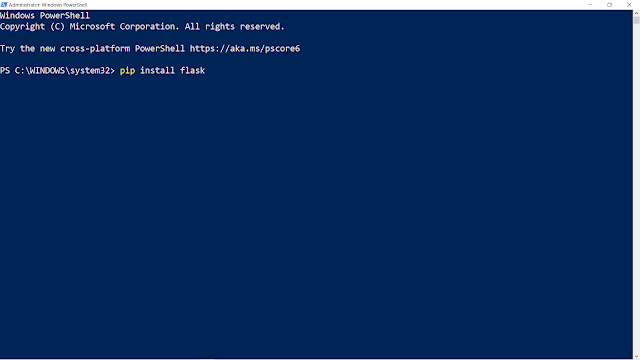learnpython24-(Python Program to Make a Simple Calculator)
Python Program to Make a Simple Calculator
In this example you will learn to create a simple calculator that can add, subtract, multiply or divide depending upon the input from the user.
To understand this example, you should have the knowledge of the following Python programming topics:
- Python Functions
- Python Function Arguments
- Python User-defined Functions
Example: Simple Calculator by Using Functions
# Program make a simple calculator
# This function adds two numbers
def add(x, y):
return x + y
# This function subtracts two numbers
def subtract(x, y):
return x - y
# This function multiplies two numbers
def multiply(x, y):
return x * y
# This function divides two numbers
def divide(x, y):
return x / y
print("Select operation.")
print("1.Add")
print("2.Subtract")
print("3.Multiply")
print("4.Divide")
while True:
# Take input from the user
choice = input("Enter choice(1/2/3/4): ")
# Check if choice is one of the four options
if choice in ('1', '2', '3', '4'):
num1 = float(input("Enter first number: "))
num2 = float(input("Enter second number: "))
if choice == '1':
print(num1, "+", num2, "=", add(num1, num2))
elif choice == '2':
print(num1, "-", num2, "=", subtract(num1, num2))
elif choice == '3':
print(num1, "*", num2, "=", multiply(num1, num2))
elif choice == '4':
print(num1, "/", num2, "=", divide(num1, num2))
break
else:
print("Invalid Input")
Output
Select operation. 1.Add 2.Subtract 3.Multiply 4.Divide Enter choice(1/2/3/4): 3 Enter first number: 15 Enter second number: 14 15.0 * 14.0 = 210.0
In this program, we ask the user to choose an operation. Options 1, 2, 3, and 4 are valid. If any other input is given, Invalid Input is displayed and the loop continues until a valid option is selected.
Two numbers are taken and an if...elif...else branching is used to execute a particular section. User-defined functions add(), subtract(), multiply() and divide() evaluate respective operations and display the output.

Comments
Post a Comment